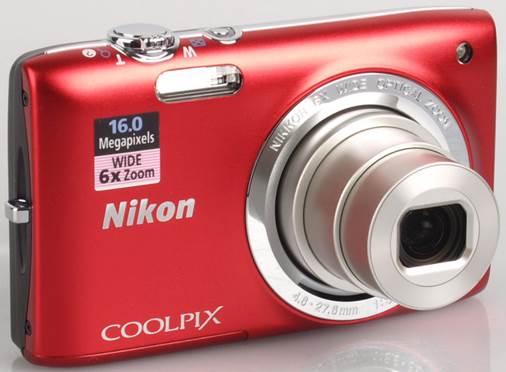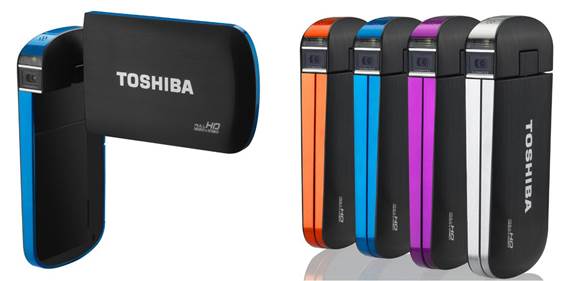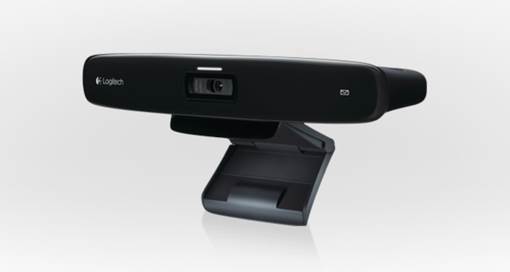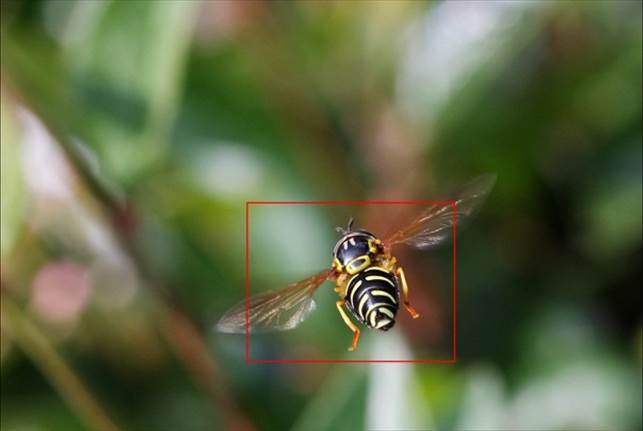The new Leica V-Lux (Typ 114) has been hailed as a superzoom compact camera.
It is sometimes described as an ultra-zoom compact camera or as a bridge camera because it bridges the gap between compact cameras and DSLR cameras.
Digital Life had previously featured a new group of bridge cameras with fast lenses (lenses with big apertures), such as Casio’s Exilim EX-100, which uses a 28-300mm lens with a constant f/2.8 aperture throughout.
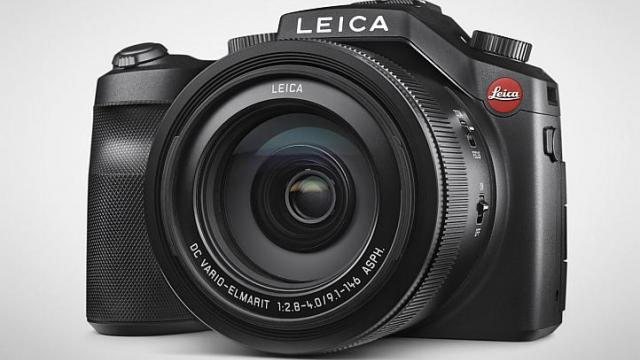
The V-Lux uses a 20-megapixel 1-inch CMOS image sensor with a Leica DC Vario-Elmarit 25-400mm f/2.8-f/4.0 super-zoom lens. While it does not have a constant f/2.8 aperture throughout, its zoom lens has a longer range and its image sensor is bigger than that of the EX-100.
As the laws of physics dictate, a fast longer zoom lens and a bigger image sensor add up to a bigger camera. The V-Lux looks and behaves like a DSLR. It is heavier and bigger than some entry-level DSLR cameras.
However, none of those will be able to deliver the focal range of the V-Lux lens. On its own, a fixed 400mm f/4.0 lens easily sets you back $10,000 or more.
Of course, you pay a premium for the legendary Leica red dot, but it is still well worth the moolah comparatively. Given the V-Lux’s capabilities, the camera is a relative lightweight at 830g.
The feel is rock solid. The nicely contoured rubberised front grip accommodates all my fingers, to provide a good hold on the camera.
Button layout is well thought out with all the buttons easily accessible to your fingers and thumb. Handling is top-notch. I fiddled with all the settings with dead-eye accuracy and the camera responded enthusiastically.
The shutter release sits on the lens zoom lever, which is near the grip. This allows you to change the focal length and take a picture quickly.
Atop the camera sits a Mode dial, a dedicated video-recording button, two Function buttons on the right side and a Drive Mode dial on the left side.
The camera’s back offers three more Function buttons, an adjustment wheel and a clickable four-way directional pad, which also serves as short cuts to ISO, white balance, Macro and Autofocusing (AF) Points adjustments.
It lacks a second adjustment wheel for adjusting aperture or shutter speed in Manual mode, but you just have to press the rear adjustment wheel to toggle between aperture and shutter speed to change settings quickly.
For its class, it gets to work fast. Powering up takes a mere 1sec and shutting down takes 1.6sec. Shutter lag is not noticeable.
Using an SD card with a writing speed rated at 45MB per second, the camera captured 11 RAW images in 0.9sec before the buffer ran out.
Autofocusing is almost instantaneous and spot-on under bright sunlight. However, at times, it was unable to secure a focus with a bright scene which lacked any contrast, such as a white wall with a white curtain. In dim lighting conditions with the AF Assist light switched on, it secured a focus in about 1sec.
Usually, I prefer to have any sort of image stabiliser switched off, as I find that the AF works faster that way. However, with a focal length of 400mm, even the most minute movement will result in camera shake if you are shooting at shutter speeds of 1/15sec or slower. When I switched on the V-Lux’s image stabiliser, the resulting images were sharp.
Image quality is generally good, with vivid colours, crisp details and nice skin tones. Auto white balance is accurate under most lighting conditions.
While images might appear slightly soft at wider angles, such as 25mm or 35mm, they become sharper when you use focal lengths above 100mm. This is also the case for corner-to-corner sharpness.
Image noise performance is commendable. Images are clean up to ISO 1,600, when noise artefacts become visible. Details are slightly lost when cranked up to ISO 3,200, but still good enough for small prints and Web use. However, anything above that is not recommended.
This camera is able to shoot 4K videos (3,840 x 2,160 pixels) and the quality is excellent with super-sharp images and non-overbearing ambient audio. You can hardly hear the zooming sound of the lens.
The AF during video recording is also quick to secure a focus when you move from one scene to another. It takes less than 2sec in dim lighting conditions.
Battery life is average at about 360 still images on a single charge.
TECH SPECS
Image sensor: 20-megapixel 1-inch CMOS
Display: Tiltable 3-inch LCD with 921,600 dots; electronic viewfinder with 2,359,000 dots
Sensitivity: ISO 80-25,600
Shooting speed: Up to 12 frames per second
Lens: 25-400mm f/2.8-f/4.0
Connectivity: Wi-Fi
Weight: 830g (with battery and memory card)
